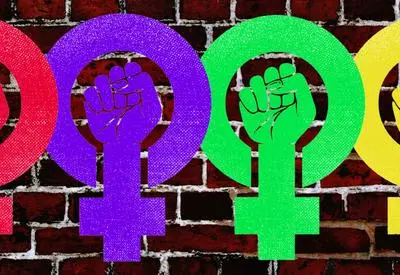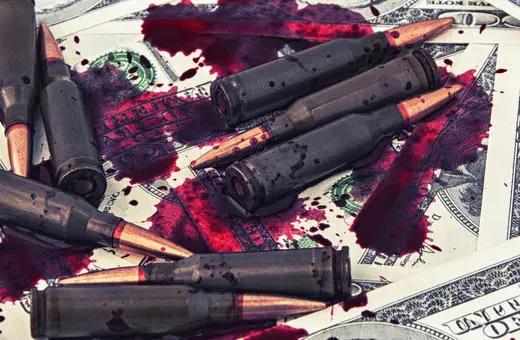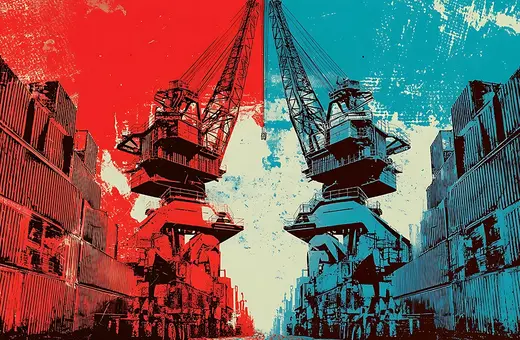Male obsolescence is growing; signs of failure and alienation among young men and the popularity of misogynistic and violent male ‘prophets’ have led many to conclude that ‘toxic masculinity’ is on the rise. Michael Kimmel questions the efficacy of this concept for truly understanding and remedying the issues men face today.
I’m not much of a fan of “toxic masculinity.” I don’t mean the cluster of behaviors, attitudes and traits that are thrown together and broadly defined as “toxic.” I mean the phrase itself. Perhaps even the idea of the phrase itself.
 SUGGESTED READING
The myth of the one true feminism
By Hazel T. Biana
SUGGESTED READING
The myth of the one true feminism
By Hazel T. Biana
The term “toxic masculinity” is often used to describe everything that’s wrong with men. It’s a cluster of ideas and values that are dangerous and destructive, values that promote antisocial behavior, violence, and the denigration of women, LGBT people and other minorities. It’s used to describe everything from misogynist Men’s Rights Activists, gun owners, Trump supporters all the way to hunters, soldiers, and Republicans more generally. It’s become a catchphrase, flung around haphazardly like “privilege.”
This is invariably contrasted with “healthy” masculinity or the “good kind” of masculinity – the sort of masculinity that nurtures and cares for others, that supports women and LGBT people, is environmentally friendly, a loving dad and a Democrat.
When something bad happens – a school shooting, a terrorist attack, a racist Trump tweet – we often attribute it to toxic masculinity. And it seems that we believe that toxic masculinity is something you “have,” not something that you do; indeed, the Urban Dictionary differentiates between being masculine and toxic masculinity precisely in this way: “one can be masculine without having toxic masculinity.”
So what’s wrong with this framing? It sees “toxic masculinity” characterized like the flu: a disease that otherwise “healthy” males can catch, in military bases, locker rooms, frat houses, various hinterlands of cyberspace, and the Oval Office. Subsequently, the goal is to either develop prevention protocols to inoculate young men from the dangers of toxicity, or therapies to cure them once they “catch” the toxic germs. This medical metaphor obscures how masculinities are enacted, rather than simply something you “have.”
Second, who gets to decide what is toxic and what is healthy? Is there a rule book somewhere? One man’s toxic might be another man’s healthy. In a social world in which some masculinities are credited over others – think white, heterosexual, middle and upper class, able-bodied for starters – I wouldn’t encourage trusting those in power to decide what’s toxic and what’s not. And the marginalized, while far more aware of the effects of toxic masculinity than the powerful, might also not agree among themselves.
___
What sorts of pressures, demands, seductions and rewards do they experience that leads them down this prickly path of toxicity? That is, the dynamics of how men come to behave are completely invisible
___
In addition, we think that those enacting toxic masculinity are deviants – that the norm is healthy masculinity and toxicity is simply a temporary or chronic deviation from the healthy. But that suggests a tidy linear continuum between toxicity at one end and healthy at the other end. Healthy is at one end, and the political goal is to move people from the deviant to the conforming pole.





















Join the conversation